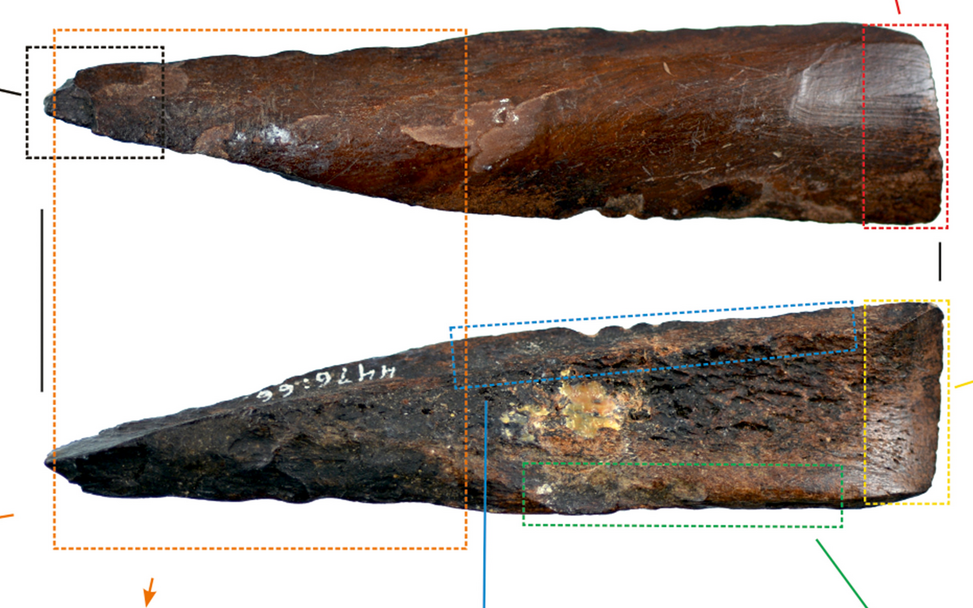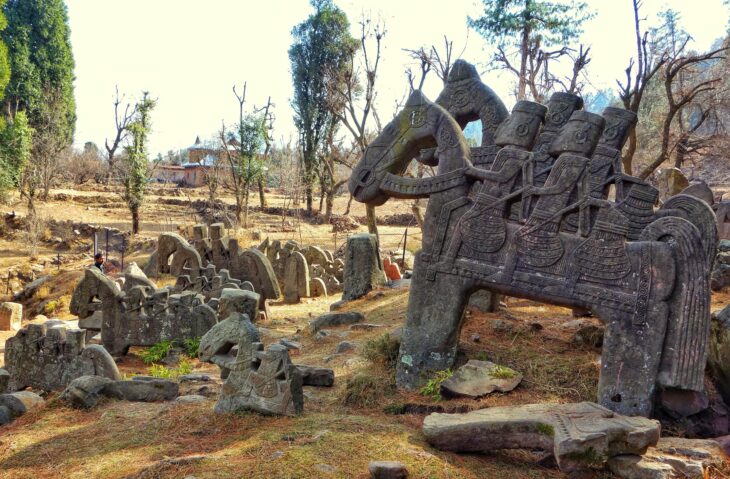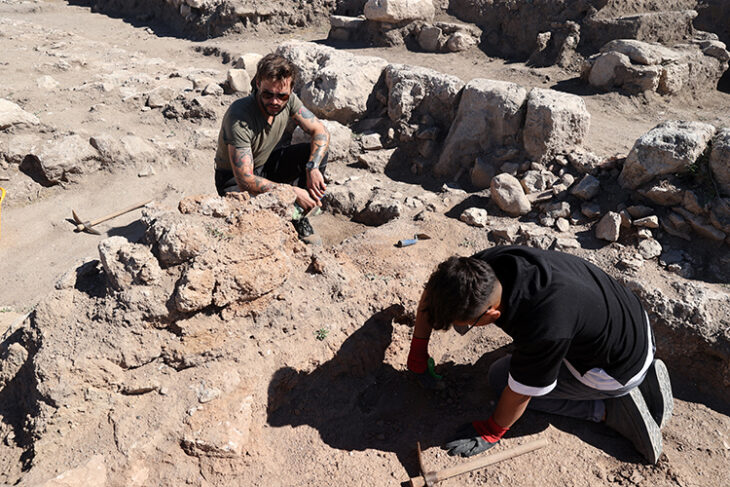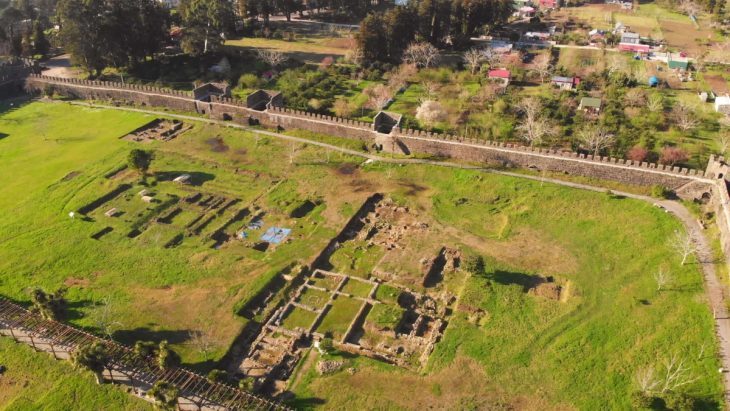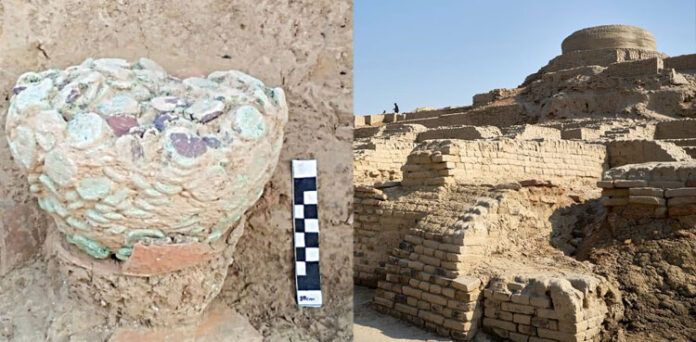A groundbreaking new study published in February 2025 has revealed that mysterious bone tools discovered at Estonia’s oldest known human settlement — the Pulli site — were likely used to strip pine bark, shedding light on daily practices of Mesolithic hunter-gatherers over 11,000 years ago. The research, a collaboration between Polish and Estonian archaeologists, combines microscopic analysis with experimental archaeology to decode the tools’ true purpose.
Estonia’s Oldest Human Settlement: The Pulli Site
Located near the Pärnu River in southwestern Estonia, the Pulli site represents the country’s earliest evidence of human habitation. Dating back to between 9000 and 8550 BCE, during the Early Mesolithic period, the settlement has yielded over 1,100 artifacts, including tools made from flint, bone, antler, and stone. Unlike Neolithic sites where pottery is prevalent, Pulli’s material culture reflects an earlier way of life with limited preservation of organic materials.
First excavated in the 1960s, the site has intrigued archaeologists for decades, not only due to its age but also because of the unusual and ambiguous tools recovered there — especially a class of beveled-end bone implements made from moose bones.
The Mystery of the Beveled Tools
These moose bone tools, long thought to be chisels or possibly woodworking implements, lacked the typical wear patterns associated with such uses. “For years, the true function of these artifacts eluded us,” said Dr. Heidi Luik, an archaeologist at Tallinn University. “What we knew was that they were skillfully made, but the wear didn’t match any known woodworking applications.”
Uncovering the Past Through Experimental Archaeology
To solve the puzzle, the team employed experimental archaeology — a method where researchers recreate ancient tools and use them in real-world tasks to observe how wear patterns develop over time. “We don’t just look at the tools under a microscope,” said Dr. Grzegorz Osipowicz, lead author of the study. “We replicate them as closely as possible and put them to use, allowing us to compare microscopic wear patterns on replicas with those on archaeological specimens.”
📣 Our WhatsApp channel is now LIVE! Stay up-to-date with the latest news and updates, just click here to follow us on WhatsApp and never miss a thing!!
Using flint tools — similar to those available in the Stone Age — the researchers shaped new versions of the beveled bone tools and tested them on a variety of materials: meat, hide, fresh and dry wood, and tree bark, including pine, alder, and birch.
The results were clear: the wear patterns on the original tools most closely matched those created when stripping fresh pine bark. Scratches left from other tree species or dried materials differed significantly, helping narrow down the likely use.
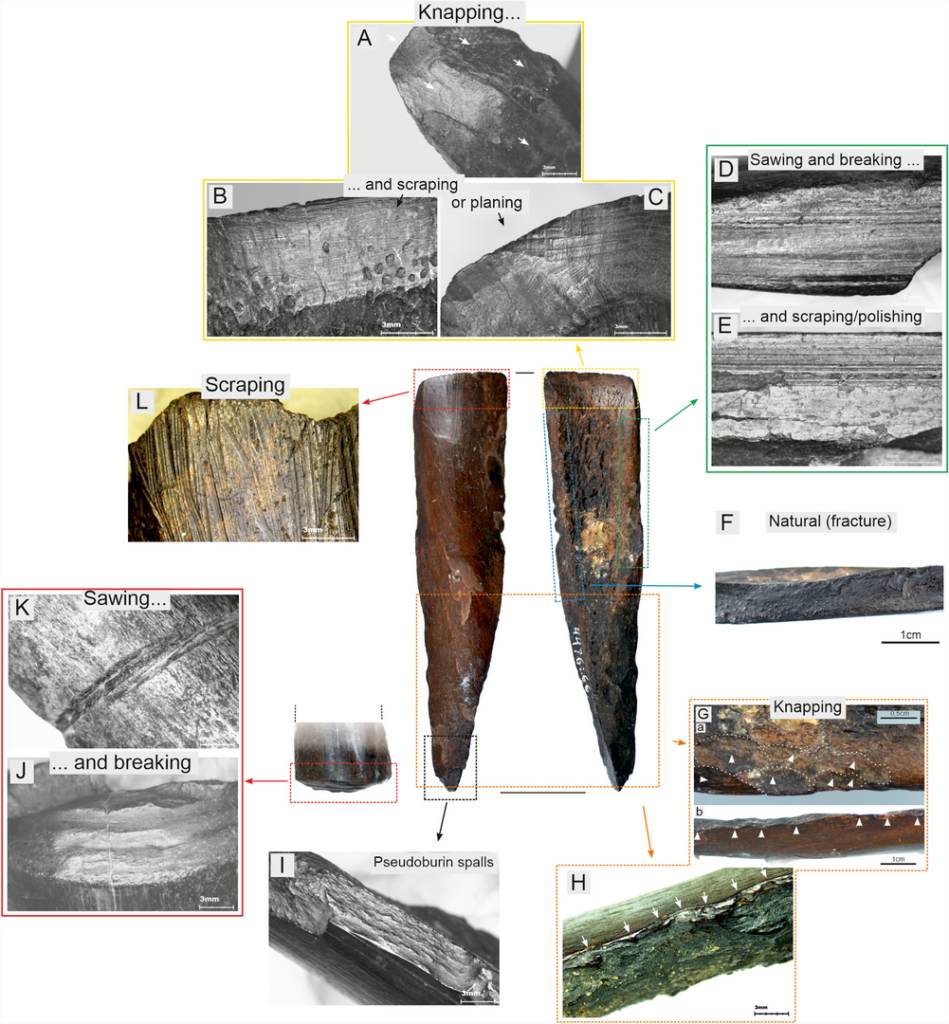
Why Pine Bark? A Valuable Mesolithic Resource
In Mesolithic societies, pine bark was more than just tree covering. According to Luik, it may have been used to make floats for fishing nets, ensuring they stayed buoyant. It could also have served as raw material for cordage, containers, or tool handles — versatile applications that made bark an important resource.
Interestingly, bark processing does not leave behind many archaeological traces, making these tools a rare glimpse into organic technologies otherwise lost to time.
Limitations and the Possibility of Multi-Use Tools
Despite the findings, the researchers caution that the tools may have had multiple uses throughout their lifetimes, with only the final task leaving identifiable marks. “We can never be 100% certain,” Luik noted. “A tool might have been used for something else earlier, but only the most recent use-wear is visible today.”
What This Means for Prehistoric Studies
This study provides a deeper understanding of how Mesolithic people interacted with their environment and made use of available materials in innovative ways. It also highlights the value of microscopic and experimental analysis in interpreting tools whose functions are not immediately obvious.
“This research opens up new doors,” Osipowicz said. “It shows that even fragmentary organic tools can offer major insights into human behavior — if we’re willing to ask the right questions.”
Osipowicz, G., Lõugas, L., & Luik, H. (2025). Bevel-ended bone artefacts from Pulli, Estonia: Early Mesolithic debarking tools? Archaeological and Anthropological Sciences. DOI: 10.1007/s12520-025-02187-6
Cover Image Credit: Grzegorz Osipowicz /Archaeological and Anthropological Sciences

